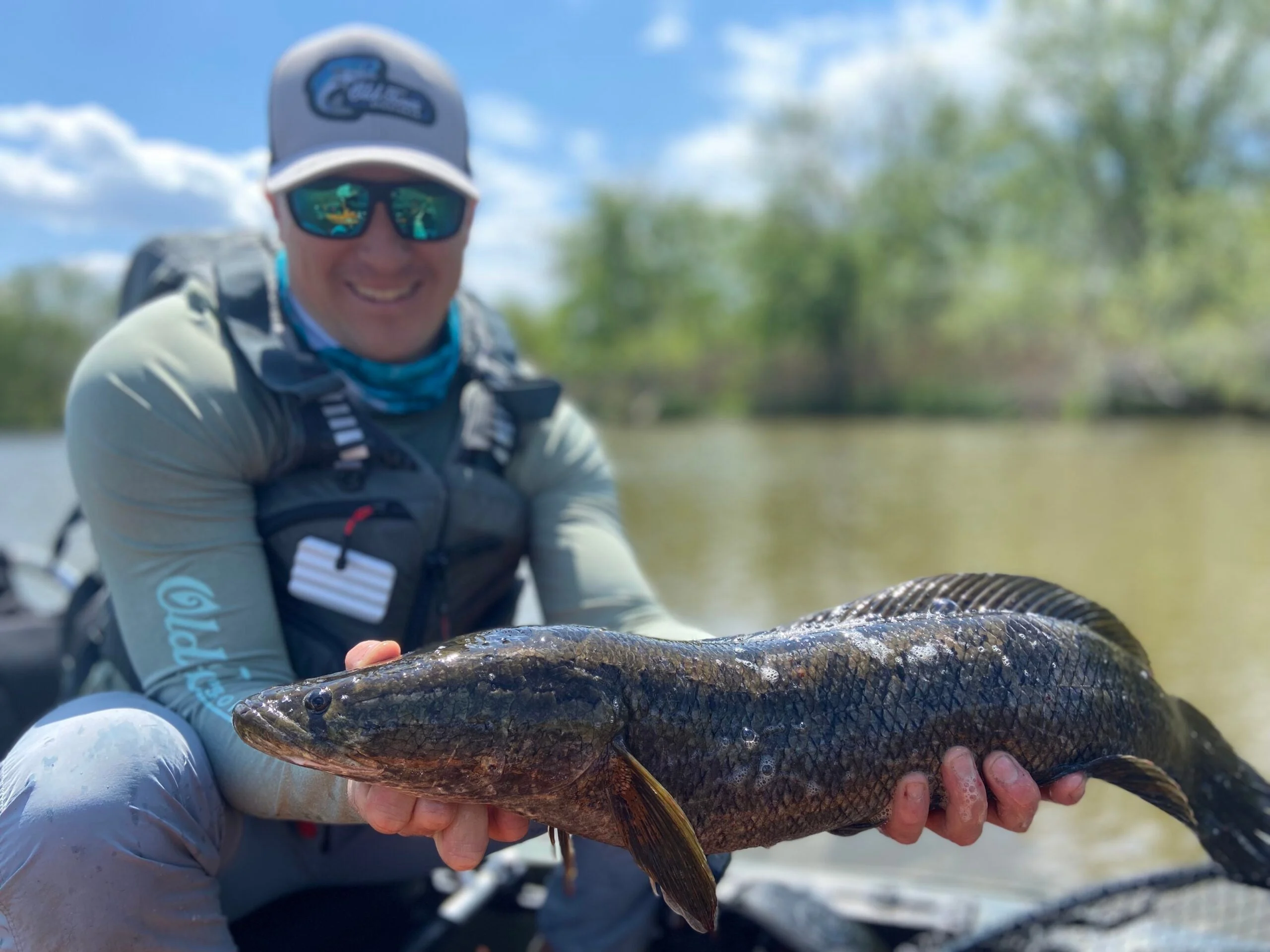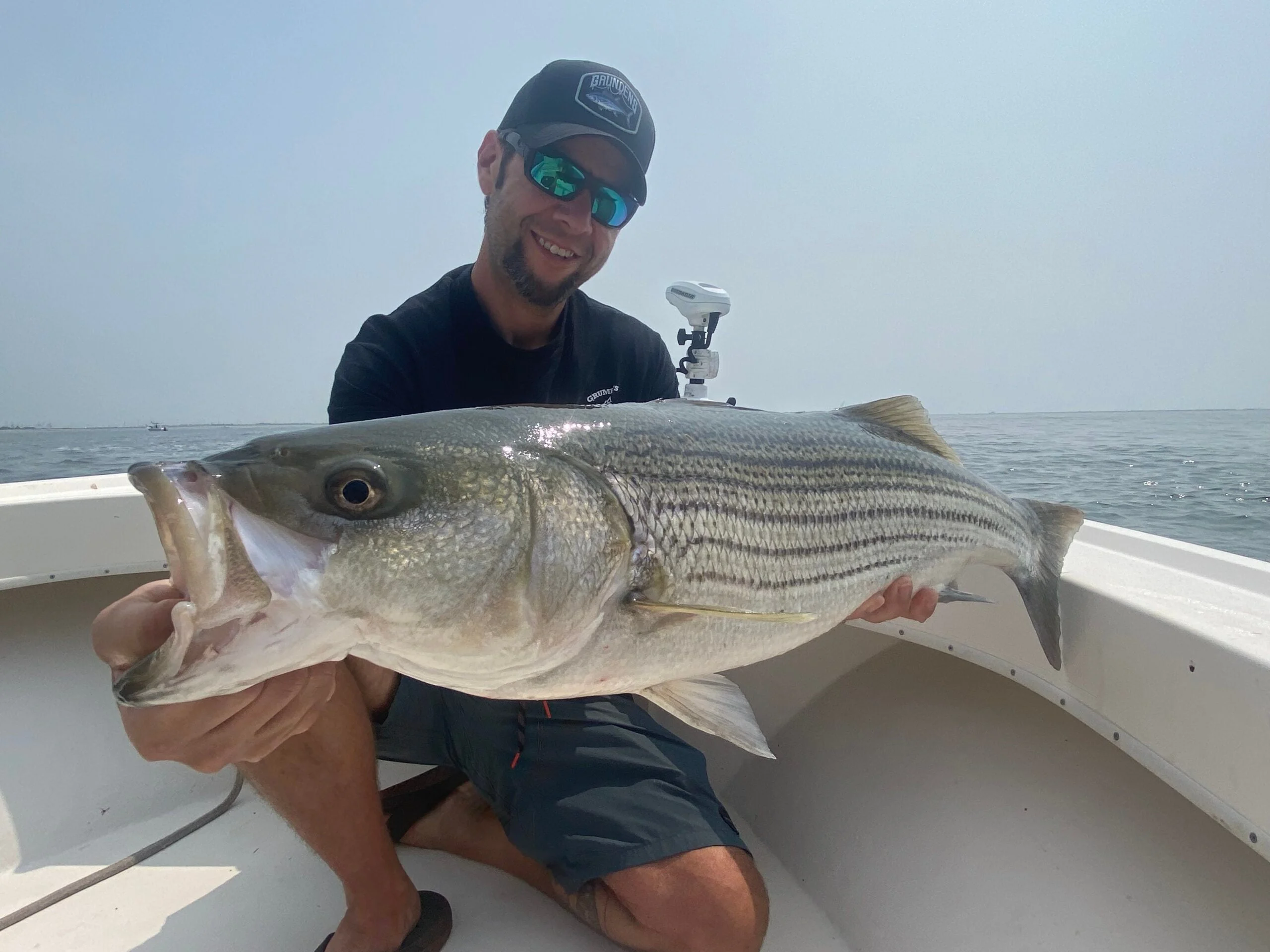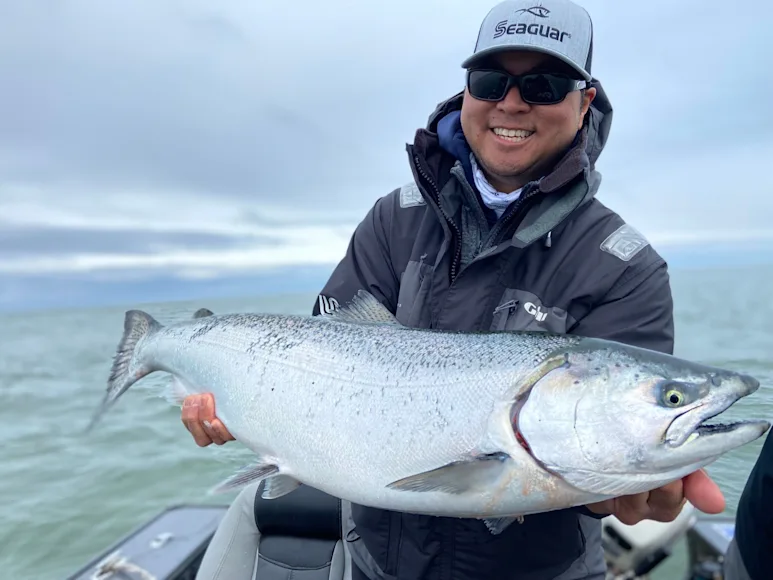_We may earn revenue from the products available on this page and participate in affiliate programs. Learn more ›
_
Sunglasses, to most folks, are functional as well as fashionable, but to an angler, they’re a bit more—especially when those shades are the best polarized sunglasses you can find. Most fishermen learn at a young age that you must be careful when you’re flinging hooks around, and that you always need to pay attention to what—or who—is behind you when you cast. For safety reasons alone, wearing fishing sunglasses
is never a bad idea, because you don’t want a hook in the eye. Twice in my life I’ve ended up with cracked lenses, once from a metal jig and another from a fellow angler’s sinker, and while having to replace my shades was kind of a bummer, I didn’t wind up blind in one eye or in the hospital. But eye protection is just a secondary benefit to shades on the water.
In this story, we’ll answer the question, What are polarized sunglasses, and explain why they give you an edge on the water.
What Are Polarized Sunglasses?
The lenses on the best polarized sunglasses
behave like mini-blinds. Thanks to a special chemical treatment that’s applied to the lenses, some of the light entering them is blocked out. This is a product of the molecules in the chemical lining up to create that mini-blind effect. To our eyes, the lenses look perfectly clear, and provide a full field of vision. In fact, if you were wearing polarized glasses while driving, you likely wouldn’t notice much difference between them and non-polarized lenses. On the water, however, it’s a different story.
The most critical thing that light filtration does is remove glare from the surface of the water. If you’ve ever stared into a lake on a bright, sunny day, you might notice that you can’t see much—even if the water’s clear because the glare makes it nearly impossible. Polarized lenses get rid of the glare, allowing you to see what’s swimming below the surface. Even if it’s a cloudy day with minimal glare, polarized lenses still increase your ability to see underwater significantly. In fact, polarized sunglasses have become so critical to anglers that companies even produce a wide range of lens colors for maximum vision under specific conditions.

Polarized shades reduce the glare on the water, helping you see your target—be it a trout, bonefish, or snakehead—more easily. Joe Cermele
Table of Contents
Gray Lenses
Brown/Amber Lenses
Blue Lenses
Yellow Lenses
Notes on Shopping for Polarized Sunglasses
FAQs
How to Chose the Right Lens Color for Your Polarized Sunglasses
Now that you have a better understanding of what polarized sunglasses are, and how they work, it’s time to cover the most important topic before you purchase a pair: Lens color. Here, we’ll break down the most common shades of lens colors for polarized sunglasses and explain the conditions in which each excels.
Gray Lenses

Best For: All fishing conditions
As gray is a neutral tone, it performs well under any sky. Whether it’s a bright day or cloudy, gray will cut the glare sufficiently on the water. Likewise, it’s also ideal if you plan to wear your polarized sunglasses daily even if you’re not fishing, as it won’t alter contrast or color as much as other lenses.
Brown/Amber Lenses
Best For: Bright days when accuracy is critical
Brown and amber lenses are a favorite among anglers who do a lot of sight casting, particularly on saltwater flats or rivers where trout are rising. These lens colors enhance contrast, which is important when you need to judge distance.
Blue Lenses

Blue lenses are preferred by many saltwater anglers. Joe Cermele
Best For: Bright days on big, open water
Blue lenses block maximum glare as well as harmful UV light, which is why they’re preferred by anglers who spend their time offshore or on huge lakes surrounded by water on all sides with no shoreline to reduce glare or block the sun. Blue is also preferred by skiers, as glare coming off the snow can be as intense as sunlight bouncing off the open ocean. In cloudy or low-light conditions, however, blue lenses don’t perform as well as gray or brown.
Yellow Lenses
Best For: Low light conditions
Yellow lenses serve a specialty purpose. In the evening, early morning, or in foggy conditions, they provide the best contrast, significantly enhancing your vision. They’re especially helpful when focusing on moving objects in low light, which is why they’re popular among pilots and trap and skeet shooters. Many anglers keep a pair on hand just for the optimal conditions, but you wouldn’t want to wear yellow lenses at noon on a sunny day, as they’re designed to let in more light than darker lens colors.
Notes on Shopping for Polarized Sunglasses
Keep in mind that when shopping for polarized sunglasses you usually get what you pay for in terms of durability and performance. Though you can score a pair of polarized shades for less than $25
, expect that the coating process might not be as advanced as it is on a pair of $200 lenses. Likewise, the polarized coating on inexpensive lenses has a habit of scratching off if you’re rough on your glasses, whereas more costly glasses feature a secondary protective coating over the layer of polarization to ensure this doesn’t happen. While the lenses can still be scratched, the damage won’t affect your ability to peer beneath the waves.
FAQs
What is the benefit to polarized sunglasses?
Polarized sunglasses filter out a percentage of light entering the frames from the front. This filtration reduces or removes glare on the water, allowing you to see below the surface and potentially spot more fish.
Is there a downside to polarized sunglasses?
No. Not only will a pair of polarized sunglasses remove surface glare so you can see what’s going on underwater more clearly, but they also offer eye protection, which is a smart thing to consider when hooks and weights are being cast.
Is it worth getting polarized sunglasses?
Yes. Even if you purchase an inexpensive pair of polarized sunglasses, they will significantly cut down on glare on the surface of the water, allowing you to see fish and track your lure or fly more effectively.






